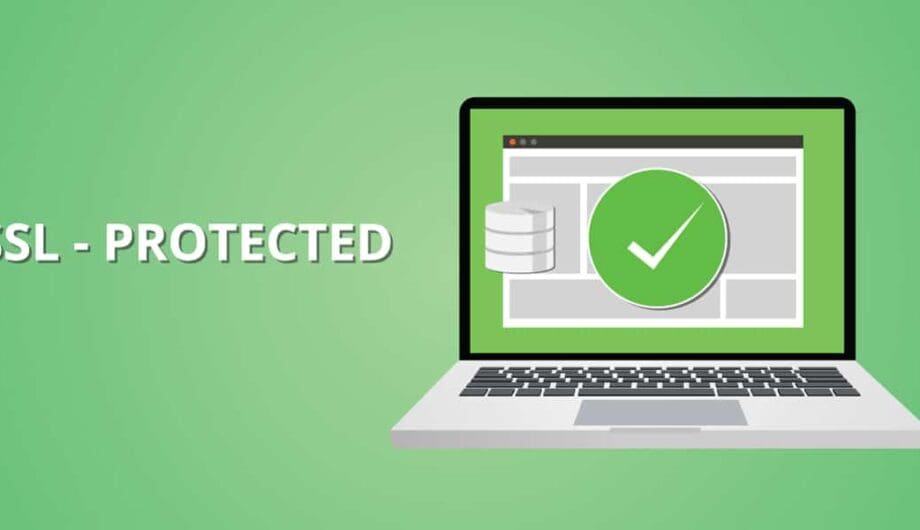
Yes.
Google announced back in 2014 that they were going to start using SSL as a ranking factor for websites. Not everyone jumped on the bandwagon because SSLs were expensive, had to continually be renewed, and took time to install. If you weren’t a website pro, you might not know how to make your site use an SSL even after it was installed. It was a hassle.
In the past, brochure sites that weren’t collecting sensitive information didn’t bother with SSLs, so this announcement didn’t make a big impact on most sites. I always do what my Google overlords tell me to do, so our website was encrypted right away.
But then Google upped the ante. The Chrome browser now shows a “Not Secure” notice in the URL box on sites without an SSL. Now I’m getting all kinds of requests from people to install their SSLs.
(I will save my lecture for the difference between “secure” and “encrypted” for another day.)
The good news is, most reputable web hosts are now offering free Let’s Encrypt SSL certificates with their packages, so you may be able to encrypt your site with little hassle!
Steps for Encrypting your website
- Make sure you have an SSL installed on your web server. If you have a web host that includes it, like all of my favorite hosts do, then it may just be a matter of clicking a button to get your SSL installed. But alas, having an SSL installed on your server is not the same as your website USING your SSL certificate. Those are two different things. If you aren’t sure, head on over to SSL Shopper and type in your domain name and it’ll let you know if your SSL is good to go.
- Configure your site to USE the SSL. This means that all every URL on your website should use https instead of http. And if you have a lot of pages, posts and images, that means every reference and path in your site needs to be updated. Luckily, there are some awesome tools you can use to do this. My favorite is Better Search and Replace, a free plugin in the repository. Install and activate, then navigate to Tools->Search and Replace and you simply pop in your http URL with your URL starting with https. (Please back up your sites before you do this, just in case!) If you are familiar with MySQL, you can run a query to change these URLs or use a variety of other SSL plugins to make it happen. Or, my favorite, hire your favorite web developer to take care of this chore for you. 🙂
In conclusion, yes, your site should use SSL. It’s good for you, your site user, and Google loves it.
Amy Masson
Amy is the co-owner, developer, and website strategist for Sumy Designs. She's been making websites with WordPress since 2006 and is passionate about making sure websites are as functional as they are beautiful.
